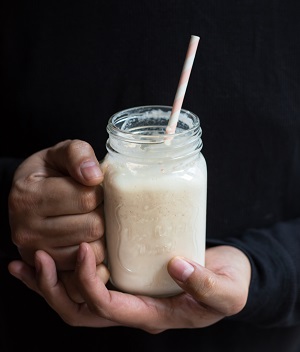Podcast Episode 20 – Dairy Alternatives
In today’s episode, we discuss dairy alternatives for milk, cheeses, yogurts, snacks, salad dressings, cookies, and ice cream. Wow! There are many places where we can make substitutes that will lower our cholesterol and fat intake and allow us to avoid antibiotics and hormones in our food choices. We share store-bought and homemade options for […]
Continue Reading
